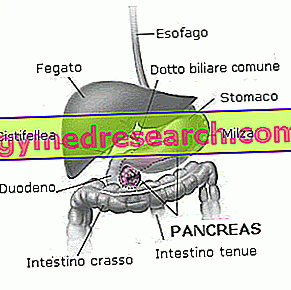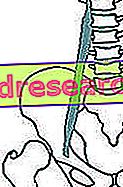
Scientific name
Paullinia cupana, sin. Paullinia sorbilis
Family
Sapindaceae
Origin
Amazon
Used Parts
The drug consists of a dried brown paste obtained from the processing of guarana seeds.
Chemical constituents
- Methylxanthines (derivatives of purine bases, namely caffeine, theobromine and theophylline);
- Tannins;
- Cianolipidi;
- saponins;
- Starch;
- Protein.
Guarana in Herbalist: Property of Guarana
Guarana is used as such or in the form of a stimulating drink, with properties similar to coffee. It is advisable to use guarana extracts with a standardized caffeine content.
Biological activity
Guarana are attributed with stimulating properties similar to those ascribed to coffee. Not surprisingly, this activity is attributed precisely to the caffeine contained in both plants. This molecule, in fact, is a methylxanthine that acts both in the central nervous system and in the cardiovascular system, exerting an exciting action on them through a mechanism of inhibition of adenosine receptors.
Thanks to its stimulating action, it is not surprising that guarana is included in the composition of different types of food supplements with indications for the treatment of fatigue, weakening and / or psychophysical stress (use, however, not officially approved).
Moreover, guarana is also attributed diuretic, relaxing properties of bronchial smooth muscle and slimming. These activities are also ascribed to the caffeine contained in the plant. In particular, the slimming action appears to be carried out by this methylxanthine both indirectly - through the promotion of lipolysis - and directly, through the release of fatty acids from their deposits towards the bloodstream.
However, it must be emphasized that guarana and caffeine can assist the slimming process only if taken as part of a lifestyle consisting of a diet with moderate caloric intake and regular physical activity.
However, several studies conducted have confirmed that guarana - in particular when taken in preparations in which it is found in association with other medicinal plants having properties similar to its - can be an aid during the weight loss process. Despite this, this therapeutic application of the plant has not been officially approved.
Guarana in folk medicine and homeopathy
The stimulating properties of guarana are known in folk medicine for a long time. In fact, already the ancient Amazonian populations used this plant in the medical field as a stimulant and as a mild antipyretic; as well as a remedy to mitigate the sensation of both hunger and thirst.
Even today, in folk medicine, guarana is used for the treatment of fatigue, fever, headache and dysmenorrhea. Furthermore, it is also used as a remedy to promote diuresis.
Guarana is also used in homeopathic medicine, where it can be found in the form of granules and oral drops. In this context, the plant is used in case of migraine (in particular that caused by coffee, tea and alcohol abuse) and in case of excitement, agitation, nervousness and depression.
The amount of homeopathic remedy to be taken may vary from individual to individual, also depending on the type of disorder to be treated and the type of homeopathic preparation and dilution that you want to use.
Side effects
If properly used, guarana should not give rise to undesired effects of any kind.
However, following an excessive use of the plant, the diuretic effect it exerts can lead to hypokalemia. This condition, in turn, can cause an increase in the toxicity of digoxin possibly administered concurrently.
Contraindications
Avoid taking guarana preparations in people with heart disease, hypertension, peptic ulcer, hiatal hernia, kidney problems and hypothyroidism.
Furthermore, the use of guarana and its preparations is also contraindicated in pregnancy, during lactation and in individuals suffering from panic attacks.
Pharmacological Interactions
- I-MAO: hypertensive crisis;
- oral contraceptives, cimetidine, verapamil, disulfiram, fluconazole and quinolonics inhibit the metabolism of caffeine, with possible increase of its stimulating effects;
- thyroid hormones, adrenaline, ergot alkaloids, ephedra, synephrine: it enhances its effects;
- oral anticoagulants: reduces their activity;
- phenylpropanolamine: increased blood pressure;
- lithium: reduction of lithium levels in the blood;
- benzodiazepines: reduction of sedative effects;
- antiarrhythmics: increased caffeine plasma concentration;
- iron: it reduces its absorption;
- Aspirin: caffeine increases its bioavailability;
- phenytoin: increases the metabolism of caffeine;
- fluoroquinolones: increase the concentration of caffeine in the blood;
- ipriflavone: possible increase in the concentration of caffeine in the blood;
- enzyme inducers: reduction of caffeine in the blood;
- macrolides: increased caffeine in the blood;
- ticlopidine: increased caffeine in the blood.



